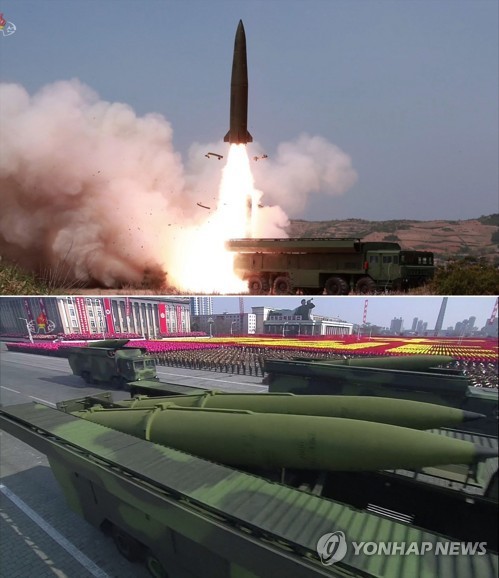40% of US lithium needs could come from unlikely source in Pennsylvania
Thanks to the increase of electric vehicles and other battery-using technologies, the demand for lithium is expected to skyrocket in the coming years. One odd but potent source of the metal is a Pennsylvania wastewater stream, says a new study.
As we've reported previously, based on current demand, the world is going to need about 59 new lithium mines hauling out 45,000 tonnes of the metal by 2035. The silvery metal is a key component of rechargeable batteries which are powering seemingly everything these days from countertop ice cube makers to freight ships.
Due to the growing demand for lithium, researchers are developing quicker ways to harvest it from the brine pits which, along with more traditional mines, are a primary source of the element. They are also looking in other places for sources of the material.
One of those places is a wastewater stream produced as a result of a fracking operation outside of Pittsburgh, Pennsylvania. There, operators of the Marcellus shale gas wells need to report levels of certain materials in the wastewater to regulators. Because the reports must mention lithium levels, researchers from the University of Pittsburgh were able to conduct an analysis that showed that if a technique could be developed that would remove 100% of the lithium from the wastewater, about 40% of America's demand for the metal could be met.
Currently, lithium can be removed from water with an efficiency rate of more than 90%, so the goal is not too far away.
And while the wastewater at these particular fracking mines is rich in lithium, they are not the only sources of Marcellus shale in the country. West Virginia could also be a rich source, say the researchers.
Because the US Geological survey has classified lithium as a critical mineral (technically an element), the government wants all lithium produced domestically by 2030. In terms of resource allocation, that would be an improvement over the current method which consists of extracting it from brine ponds in Chile, shipping it to China to be processed, and shipping it back to the States for use.
The next step for exploring the wastewater stream as a source of lithium is to analyze the environmental impacts of extracting it and to build a pilot plant to research and develop more efficient extraction techniques.
“Wastewater from oil and gas is a burgeoning issue,” says study lead author Justin Mackey. “Right now, it’s just minimally treated and reinjected.” However, he adds that developing better extraction techniques could provide serious value in turning a wastewater into something much more valuable. “It’s been dissolving rocks for hundreds of millions of years – essentially, the water has been mining the subsurface,” he says.
A paper about the finding has been published in the journal Scientific Reports.
Source: University of Pittsburgh
(责任编辑:关于我们)
- ·两个改造提升项目进入收尾阶段
- ·Amazon Smart Thermostat deal: Save 20%
- ·International lawyers' groups urge Seoul to repatriate North Korean waitresses
- ·Washington defensive end says NFL refs making calls based on team name.
- ·Who is the Dark Wizard in 'The Lord of the Rings: The Rings of Power' Season 2?
- ·North Korean defector meets with Trump at White House
- ·雨城区 灾后重建项目全部开工 农房建设实现“五个到位”
- ·现场认购138万元!江门鹤山市成立首个强村富民公司
- ·13 Places to Find Little Legends and Compact Cryptids
- ·Chile backs S. Korea’s Pacific Alliance membership bid
- ·Doosan scraps controversial Robotics
- ·North Korea continues to face tightest sanctions for money laundering
- ·These are the most
- ·Elon Musk is tied to Tesla, for better or worse.
- ·13 Places to Find Little Legends and Compact Cryptids
- ·Thank you, C
- ·Tesla reveals Cybertruck has sold more than DeLorean
- ·The 'Queer Eye' guys visited a town that's actually called Yass
- ·雅安公安接连破获两起汉源湖非法捕捞案
- ·Watch Trump bungle his way through the lyrics to 'God Bless America'

![[Herald Review] Tori Kelly thrills fans, hints her love for Korean artists](http://res.heraldm.com/content/image/2024/08/29/20240829050673_0.jpg)











